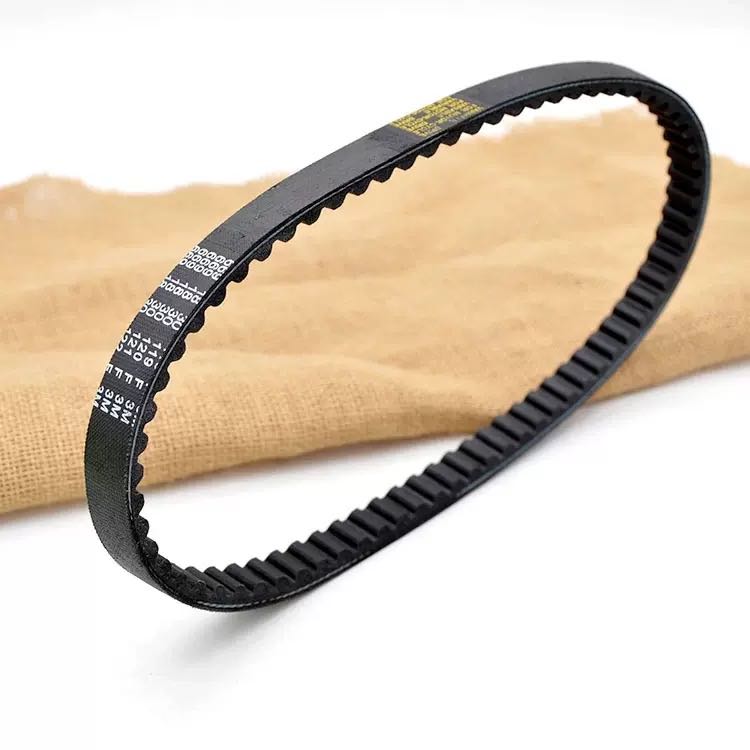- Arabic
- French
- Russian
- Spanish
- Portuguese
- Turkish
- Armenian
- English
- Albanian
- Amharic
- Azerbaijani
- Basque
- Belarusian
- Bengali
- Bosnian
- Bulgarian
- Catalan
- Cebuano
- Corsican
- Croatian
- Czech
- Danish
- Dutch
- Afrikaans
- Esperanto
- Estonian
- Finnish
- Frisian
- Galician
- Georgian
- German
- Greek
- Gujarati
- Haitian Creole
- hausa
- hawaiian
- Hebrew
- Hindi
- Miao
- Hungarian
- Icelandic
- igbo
- Indonesian
- irish
- Italian
- Japanese
- Javanese
- Kannada
- kazakh
- Khmer
- Rwandese
- Korean
- Kurdish
- Kyrgyz
- Lao
- Latin
- Latvian
- Lithuanian
- Luxembourgish
- Macedonian
- Malgashi
- Malay
- Malayalam
- Maltese
- Maori
- Marathi
- Mongolian
- Myanmar
- Nepali
- Norwegian
- Norwegian
- Occitan
- Pashto
- Persian
- Polish
- Punjabi
- Romanian
- Samoan
- Scottish Gaelic
- Serbian
- Sesotho
- Shona
- Sindhi
- Sinhala
- Slovak
- Slovenian
- Somali
- Sundanese
- Swahili
- Swedish
- Tagalog
- Tajik
- Tamil
- Tatar
- Telugu
- Thai
- Turkmen
- Ukrainian
- Urdu
- Uighur
- Uzbek
- Vietnamese
- Welsh
- Bantu
- Yiddish
- Yoruba
- Zulu
Sep . 22, 2024 12:47 Back to list
gear timing belt
Understanding Gear Timing Belts Function and Importance
In the realm of automotive engineering, the gear timing belt plays a crucial role that often goes unnoticed by the average vehicle owner. This indispensable component is a part of the engine system, specifically responsible for synchronizing the rotation of the crankshaft and the camshaft. A well-functioning timing belt ensures that the engine's valves open and close at the precise moments during each cylinder's intake and exhaust strokes. This synchronization is vital for optimal engine performance and efficiency.
Typically made from reinforced rubber, timing belts are designed to withstand the rigors of engine operation, including high temperatures and constant wear. They feature teeth or grooves that interlock with sprockets on the crankshaft and camshaft, enabling smooth and reliable transfer of motion. Given their central role in engine function, it is essential that timing belts are maintained properly and replaced according to the manufacturer's specifications.
A key aspect of gear timing belts is their maintenance. Many car manufacturers recommend replacing the timing belt every 60,000 to 100,000 miles, although this can vary depending on the vehicle model. Neglecting to replace a worn-out timing belt can lead to catastrophic engine failure. If a timing belt breaks while the engine is running, it can cause the pistons to collide with the valves, leading to bent valves, damaged pistons, and costly repairs that can amount to thousands of dollars.
gear timing belt

Moreover, some modern engines utilize a timing chain instead of a timing belt. Timing chains are typically more durable and have a longer lifespan, but they can also require maintenance. The choice between a timing belt and a timing chain often depends on the specific design of the engine. Both serve the critical function of timing the engine's internal components, but understanding the differences can help car owners make informed decisions about their vehicle's maintenance needs.
In addition to performing optimally, gear timing belts contribute to fuel efficiency. An accurately timed engine runs more smoothly and uses fuel more effectively, which can lead to improved mileage. As such, maintaining the timing belt is not just about engine performance but also about ensuring the car operates at its most economical.
For those who are keen on DIY maintenance, understanding the timely replacement of a gear timing belt can save significant expense. However, replacing a timing belt is a complex task that usually requires specialized tools and knowledge. It is often advised to have the replacement performed by a certified mechanic to ensure the timing is perfect and all related components, such as tensioners and pulleys, are also in good condition.
In conclusion, the gear timing belt is a vital component of an automotive engine, essential for the synchronization of key moving parts. Regular maintenance and timely replacement of the timing belt can prevent serious engine damage, improve fuel efficiency, and ensure that your vehicle runs smoothly. Vehicle owners should stay informed about their timing belt’s condition and adhere to manufacturer recommendations for replacement. Taking these proactive steps not only safeguards the vehicle's performance but also enhances the overall driving experience.
-
Upgrade Power Steering Pump Belt for Smooth, Quiet Operation
NewsAug.27,2025
-
Precision Timing Belt & Chain: Engine Performance & Durability
NewsAug.26,2025
-
Precision Lathe Drive Belts: Durable & Reliable Performance
NewsAug.25,2025
-
84.5 Serpentine Belt: Durable & Precision Fit for Your Engine
NewsAug.24,2025
-
Premium Ribbed Drive Belts for Quiet Power Transmission
NewsAug.23,2025
-
High-Performance Vehicle Timing Belt for Engine Precision
NewsAug.22,2025

